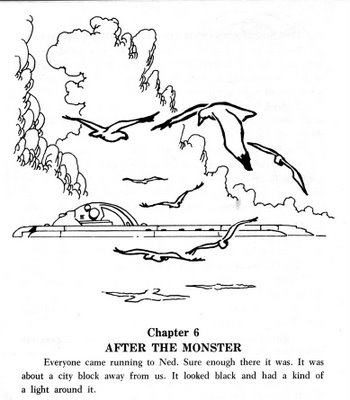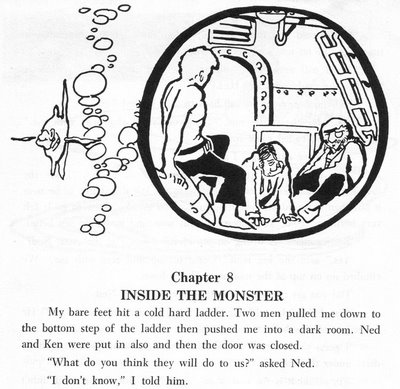
Frank's old syndicate reran this old Liberty Meadows strip this weekend. It's always nice to see a drop of real art on the comic pages again, even if it is digital format.



The results are based upon a previously developed device that eables the translation of DNA sequences, thereby potentially serving as a factory for assembling the building blocks of new materials. The invention has the potential to develop new synthetic fibers, advance the encryption of information, and improve DNA-based computation.
The new cassette-like device can control sequences or insertion sequences that would allow the researchers to manipulate the array or insert it at different locations. They visualized their results by atomic force microscopy (AFM), which permits features that are a few billionths of a meter to be visualized. Link
Warning! Robotic Bjork ahead…:




 for a more remote ancestry. The fact that the bee fossil also has some wasp traits suggests an evolutionary link between wasps and bees.
for a more remote ancestry. The fact that the bee fossil also has some wasp traits suggests an evolutionary link between wasps and bees.





